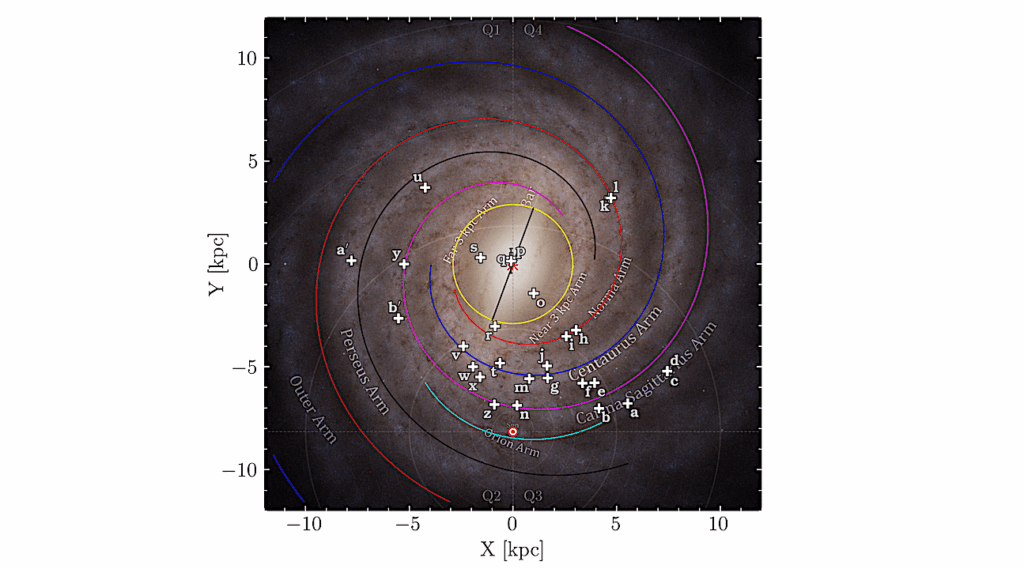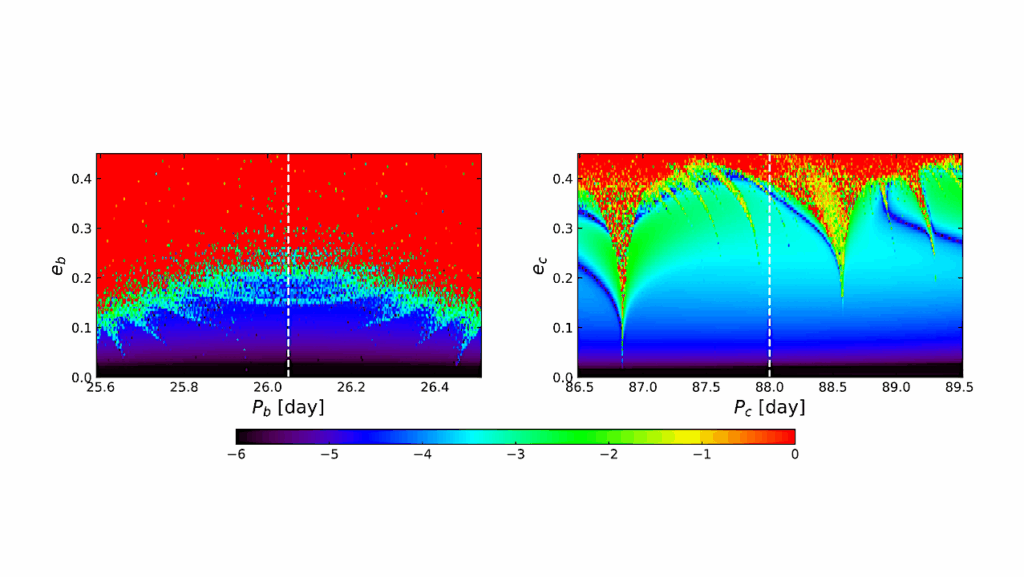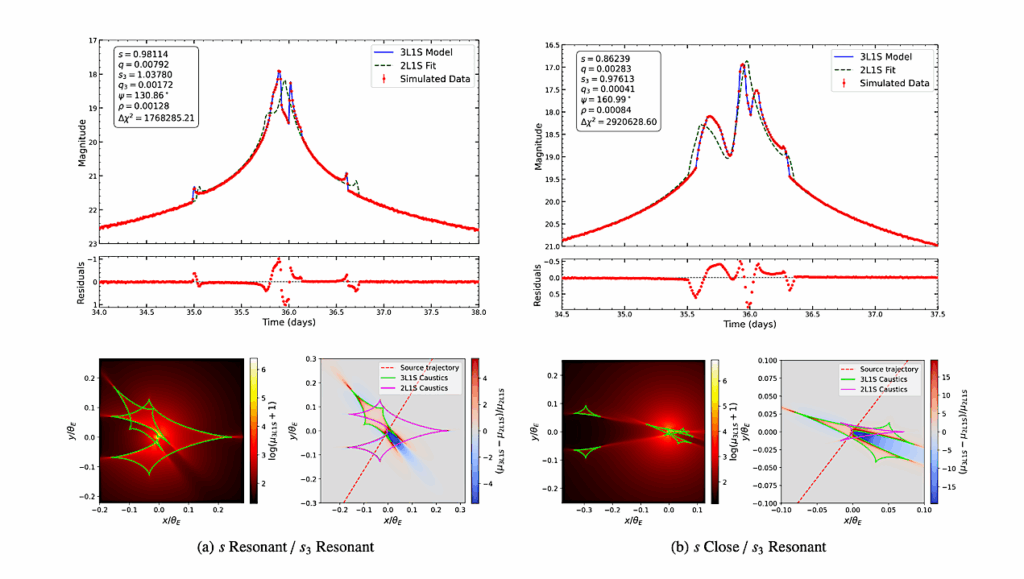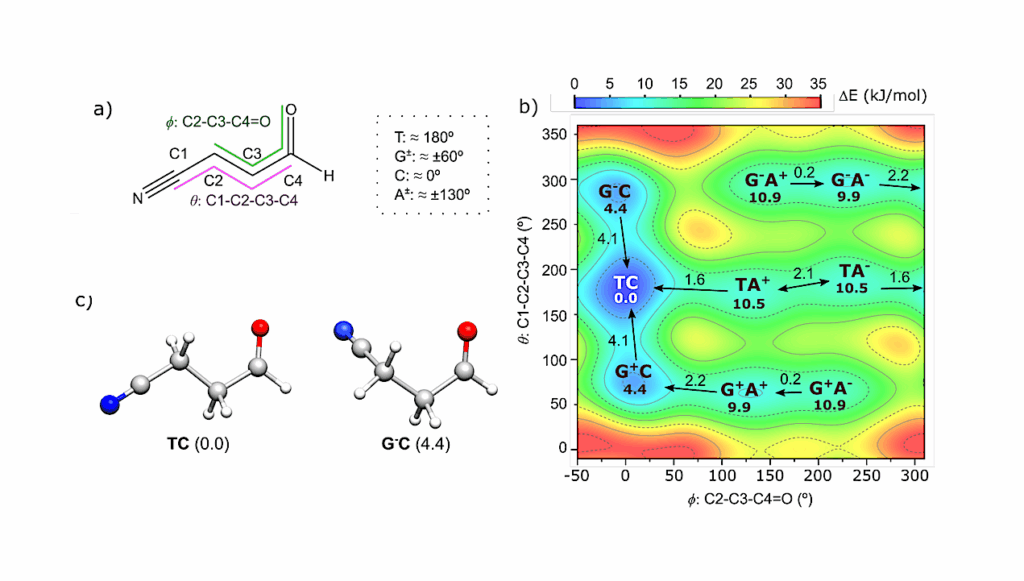Novel Atmospheric Dynamics Shape Inner Edge of Habitable Zone Around White Dwarfs
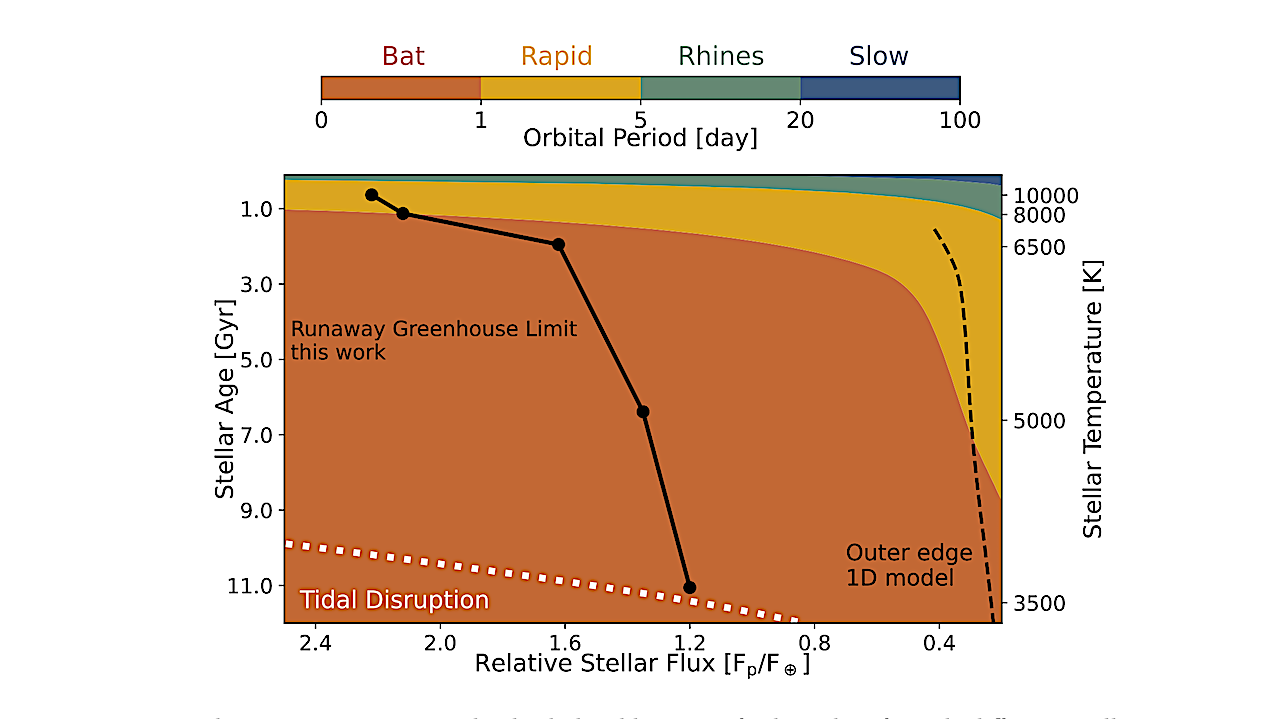
White dwarfs offer a unique opportunity to search nearby stellar systems for signs of life, but the habitable zone around these stars is still poorly understood. Since white dwarfs are compact stars with low luminosity, any planets in their habitable zone should be tidally locked, like planets around M-dwarfs.
Unlike planets around M-dwarfs, however, habitable white dwarf planets have to rotate very rapidly, with orbital periods ranging from hours to several days. Here we use the ExoCAM Global Climate Model (GCM) to investigate the inner edge of the habitable zone (HZ) around white dwarfs. Our simulations show habitable planets with ultrashort orbital periods (P≲1 day) enter a “bat rotation” regime, which differs from typical atmospheric circulation regimes around M dwarfs.
Bat rotators feature mean equatorial subrotation and a displacement of the surface’s hottest regions from the equator towards the midlatitudes. We qualitatively explain the onset of bat rotation using shallow water theory. The resulting circulation shifts increase dayside cloud cover and decrease stratospheric water vapor, expanding the white dwarf habitable zone by ∼50\% compared to estimates based on 1D models.
The James Webb Space Telescope (JWST) should be able to quickly characterize bat rotators around nearby white dwarfs thanks to their distinct thermal phase curves. Our work underlines that tidally locked planets on ultrashort orbits may exhibit unique atmospheric dynamics, and guides future habitability studies of white dwarf systems.

Climate comparison of a bat rotator, a rapid rotator and a slow rotator. ’SP’ corresponds to the substellar point in each map. The three rotators are orbiting a 10000 K white dwarf and receiving 2.12 times Earth’s insolation. Except for the orbital periods set at 0.5, 1.96, and 20 days respectively, the simulations are configured identically. From top to bottom panels are maps of surface temperature, surface pressure with surface wind at 970 hPa, total cloud fraction and zonal mean zonal wind. — astro-ph.EP
Ruizhi Zhan, Daniel D.B. Koll, Feng Ding
Subjects: Earth and Planetary Astrophysics (astro-ph.EP); Solar and Stellar Astrophysics (astro-ph.SR)
Cite as: arXiv:2406.03189 [astro-ph.EP] (or arXiv:2406.03189v1 [astro-ph.EP] for this version)
https://doi.org/10.48550/arXiv.2406.03189
Focus to learn more
Submission history
From: Ruizhi Zhan
[v1] Wed, 5 Jun 2024 12:20:57 UTC (4,235 KB)
https://arxiv.org/abs/2406.03189
Astrobiology


